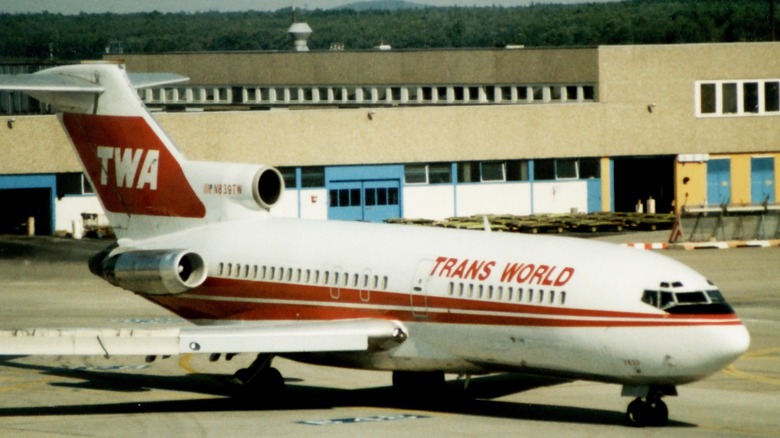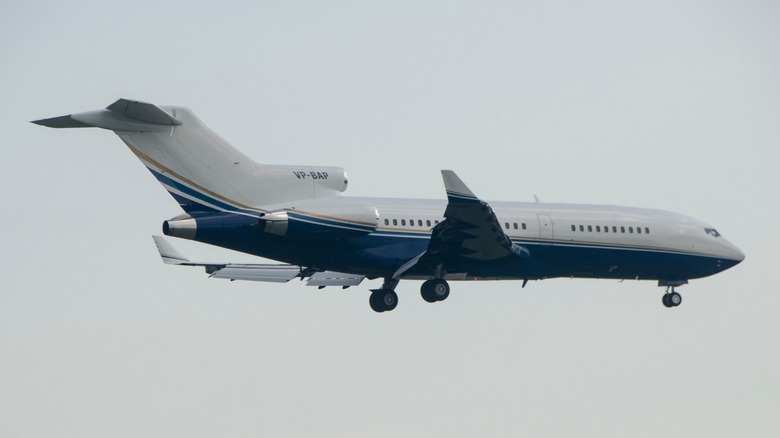Why Did Boeing Stop Producing Its 727 Jets?
Boeing has undoubtedly set itself apart when it comes to producing iconic jets. Every Boeing passenger jet is either the best of its class or fighting to be. And while we hear and see of the likes of the 737, 747, and 777, the 727 seems to have been forgotten.
In the early 1960s, Boeing wanted a plane that could serve smaller cities and land on shorter runways while carrying more passengers than smaller prop‑liners. For this purpose, the 727 was born. Its sleek, rear‑engine trijet was built around Pratt & Whitney JT8D turbofans. It shared its cockpit and six‑abreast fuselage cross‑section with the earlier 707. Boeing shrank the wingspan and designed high‑lift devices so the 727 could use runways as short as 4,500 feet. It was just what the company needed and is still one of the biggest trijets to ever grace the skies.
Even though Boeing expected to build only about 250 units of this jet, demand for it skyrocketed. In the end, this led to a total production of 1,832 units between 1962 and 1984 before it was discontinued. Its soaring popularity could not save it from fundamental issues with the company and the jet itself.
The Boeing 727 had high operating costs and was too noisy for new regulations
Being the first commercial jet to sell more than a thousand units, the Boeing 727 was the best–selling jet airliner until the 737 surpassed it. By the early 1980s, the industry had changed, making its trijet engine layout obsolete. Twin‑jets such as those of the 737‑200, 757, and Airbus A320 were in vogue. And with good reason, too. They offered better capacity, fuel efficiency, and reduced noise pollution. The latter dealt a serious blow to the 727 thanks to the U.S. Noise Control Act of 1972. FAA regulations stated that older, noisier jets like the 727 had to meet stricter noise limits by 1999, which meant the 727 had to be fitted with hush kits at a substantial cost to the operators.
Also, the trijet layout meant the aircraft needed a flight engineer. So while the newer twins offered lower crew costs, the 727 required a three‑member cockpit. This consists of the pilot, co‑pilot, and flight engineer. This extra crew salary, together with its relatively low fuel efficiency, meant the cost of operation became untenable. As such, airlines steadily replaced 727s with 737‑800s, A320s, and 757s. Some 727s continued flying under hush kits into the early 2000s, long after production ended in 1984, as it was durable and useful for rugged runways. The final death knell was sounded when Delta retired its last 727 in 2003.

